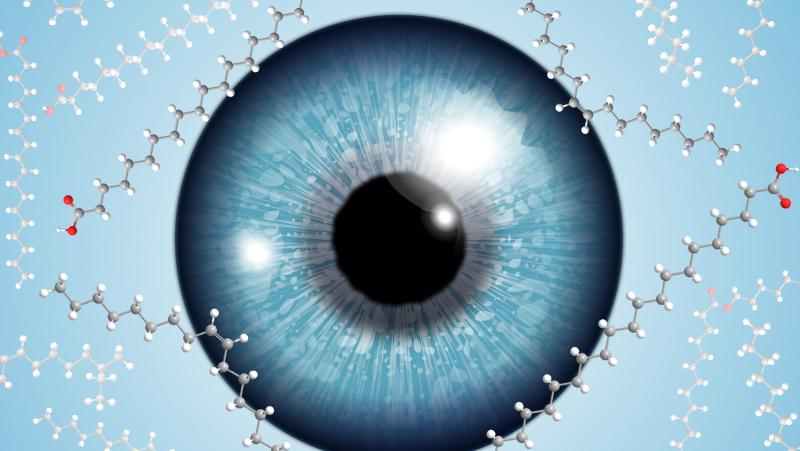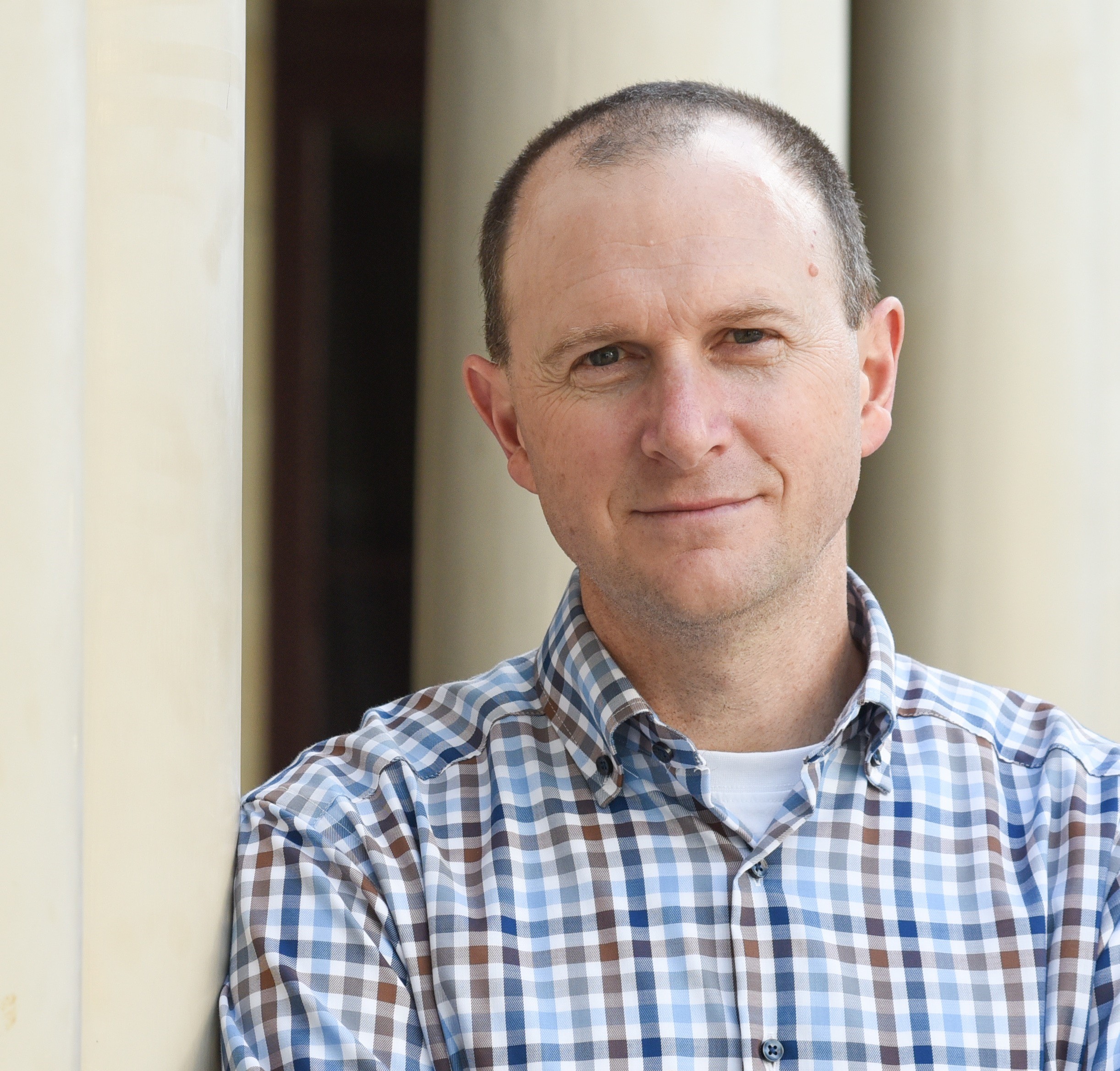
6th August 2018
Australian researchers have made an important breakthrough in understanding the composition of the tear film that protects our eyes, leading to more effective treatments for dry eye disease.
The project was a collaboration between researchers at University of Wollongong, QUT and the University of New South Wales.
The results of the study are featured as the cover article in the August issue of the Journal of Lipid Research.
The surface of the eye is covered by an oily film that slows evaporation of the underlying water layer, preventing the eye from drying out. The composition of this oil layer is a complex mixture of many hundreds of individual waxes and oils - known as lipids.
For more than 40 years, researchers have been trying to determine the precise composition of these lipids in order to understand how the tear film lipid layer works to prevent evaporation while still providing a smooth surface to enable clear vision.
A class of lipids called OAHFAs was discovered within this mixture and found to be essential for the smooth spreading of the tear film. However, because they were present at low levels within a complex mixture no one, until now, had been able to determine unequivocally all the components of its molecular structure.
Associate Professor Todd Mitchell, from UOW’s School of Medicine and the Illawarra Health and Medical Research Institute (IHMRI), led one of the teams involved in the study.
“We were looking not at tear drops, but rather at the tear film that covers and protects the surface of the eye. The aim of the study was to elucidate exactly the molecular structure of the most abundant OAHFAs present in the tear film, and using some advanced mass spectrometry techniques we were able to do that,” Professor Mitchell said.
Multiple experimental strategies were required to determine the molecular structure of these lipids, including laser photons.
Researchers from UoW’s School of Chemistry were able to synthesise successfully the molecules, which confirmed the mass spectrometry findings.
QUT’s Professor Stephen Blanksby supervised the research utilising the Central Analytical Research Facility (CARF) to explore the complex molecular architecture of lipids.

“With the detailed structure of OAHFA in hand, our team prepared the first synthetic versions of these lipids paving the way for examination of their physical and biochemical properties,” he said.
“Further research will uncover how these compounds act to stabilise the tear film and thus provide a pathway to more effective treatments for dry eye disease.”
A pdf of the journal article can be made available for journalists upon request.
About the study
“Mass spectrometry-directed structure elucidation and total synthesis of ultra-long chain (O-acyl)-ω-hydroxy fatty acids” by Sarah E. Hancock, Ramesh Ailuri, David L. Marshall, Simon H. J. Brown, Jennifer T. Saville, Venkateswara R. Narreddula, Nathan R. Boase, Berwyck L. J. Poad, Adam J. Trevitt, Mark D. P. Willcox, Michael J. Kelso, Todd W. Mitchell and Stephen J. Blanksby is published in the August 2018 issue of Journal of Lipid Research.
The research was support by a Linkage Project Grant from the Australian Research Council in partnership with Allergan, a manufacturer of dry eye formulations and contact lenses.
MEDIA CONACT: Debra Nowland, QUT Media Officer (Mon, Wed, Thurs) 07 3138 1150 or media@qut.edu.au
After hours: Rose Trapnell, 0407 585 901




